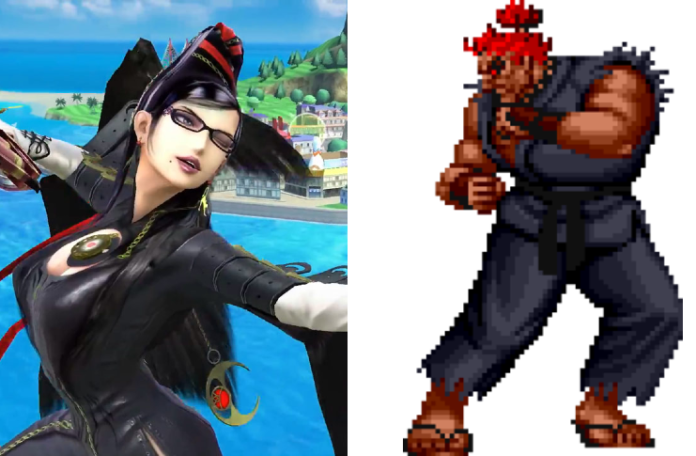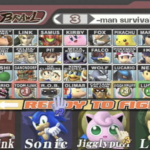If you’re familiar with any esports circles, you’ve definitely heard people call for certain characters or tactics to be nerfed, and sometimes flat-out banned for being “broken”. In fact, depending on which competitive games you like to watch, there may be banned characters in that meta.
This raises the question: what exactly does it take for something to get banned in an esports title? It’s a tough question with no clear answers, but there are definitely some indications on when it’s time to remove something from the meta.
What Makes A Character Worth Banning?
Meta Perspective
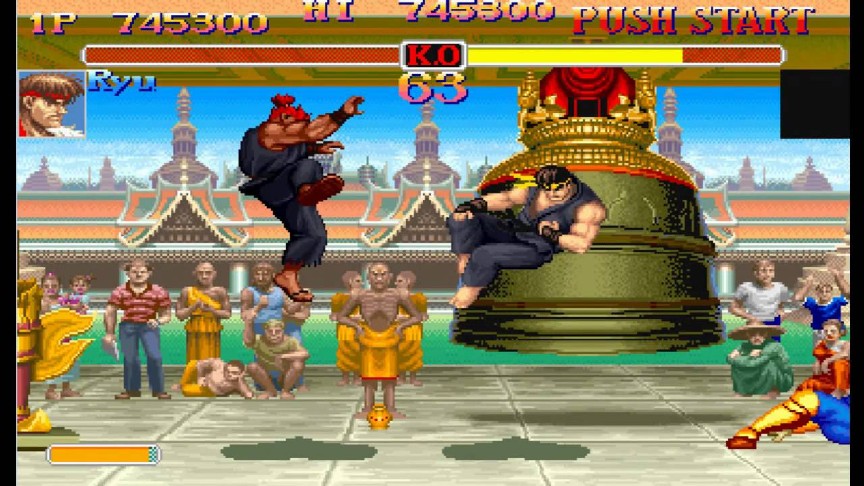
Speaking from a purely gameplay perspective, overcentralization is the death of any competitive game. The more characters are evenly balanced across the board, the less people will gravitate towards a certain character or a set of tactics. There’s more room for counterplay to develop, and rather than focusing on a few top tiers, there’s a higher chance that the meta for more characters will be enhanced.
An example of how overcentralized a game can get when a character is too overpowered is Super Street Fighter II Turbo. Akuma, a hidden playable character, is so much stronger and has so many better tools than the rest of the SSFII cast that to play anyone else was a deliberate handicap. Top level play would inevitably be funneled down to Akuma vs. Akuma matches, and once the character’s meta had been exhausted, the entire game would just be a contest of who could pull off the optimal strategies first.
By banning Akuma, the SSFII is opened up to include many more characters in the roster. It’s not perfect, but you’re much more likely to see Ryu, Sagat, Guile and others. More diverse matchups, potential for counterpicks, and a chance for other characters’ metas to shine.
Simply put, when a game revolves around beating one specific character versus many different characters, the meta will stagnate and the game will eventually die.
Business & Spectator Perspective
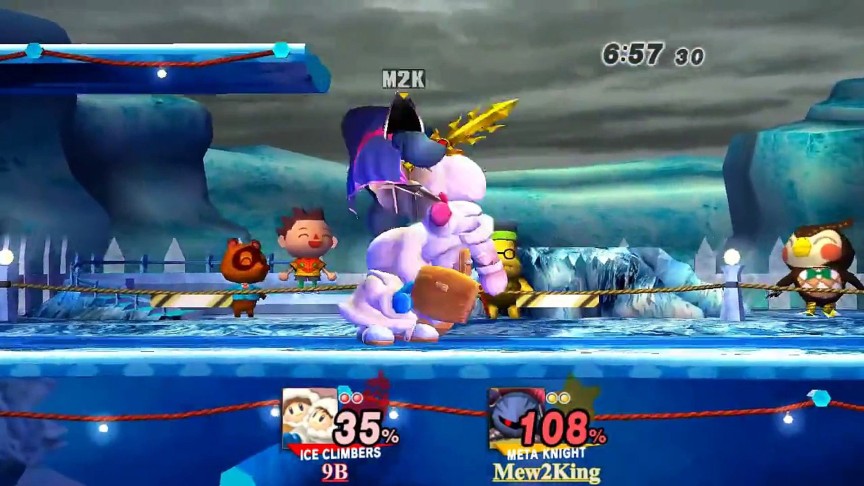
There are also discussions on banning characters and specific techniques not because they’ve completely consumed the meta, but because they are incredibly detrimental to the viewership experience. This has become more of a topic as the business of esports continues to grow, and isn’t as popular with competitive “purists”; people who think that just because a character or style of play is “boring” or “lame,” it isn’t a justification for banning it.
In some sense, this is true; arbitrarily banning anything because of how dull it might be for viewers does affect the competitive integrity of the game. However, it’s a balancing act for maintaining a healthy esports title; you want a meta that is deep and diverse, faithful to the competitors, but also a nice visual experience for people watching at the venue or on stream.
One example would be Meta Knight versus Ice Climbers in Super Smash Bros. Brawl. Meta Knight himself was very controversial, as was the Ice Climbers’ infinite chaingrab. Banning just Meta Knight would allow the Ice Climbers to run free on the rest of the cast, and banning Ice Climbers would allow Meta Knight to do the same. As such, many of the final tournaments in Brawl’s lifespan devolved into Meta Knight vs. Ice Climbers matches that were consistently campy, slow, and terrible for viewership.
Allowing a style of play that, while not broken, is detrimental to people’s spectating experience will be a growing challenge as esports grows and grows. If you aim for absolute competitive purity, you run the risk of a game that drives away spectator and interest. If they stop caring, the game as an esports title will die fast.
Other Reasons To Ban
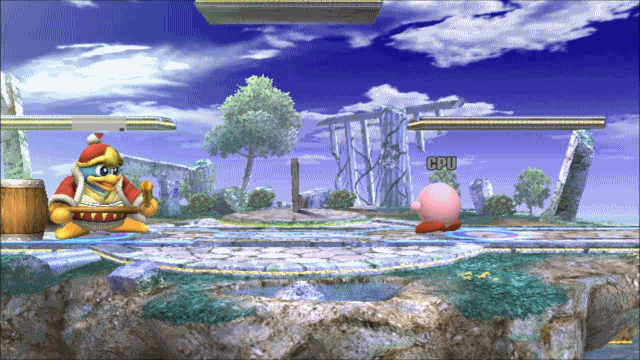
When looking at any competitive game, you want to reduce as many “random” elements as possible; no competition should be decided by RNG ideally. More modern game studios work that into their gameplay organically. Other games, such as Smash, require tournaments to explicitly state that things such as items are banned from competitive play.
The future will hopefully look brighter for competitive gaming as studios and developers focus more on patching games to fix overly-broken issues. We may not have to outright ban characters or techniques as they become more attuned to what makes a good competitive game. However, as esports and competitive games evolve, so must our standards and expectations for what makes a “healthy” meta and what makes something banworthy.


